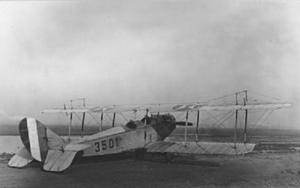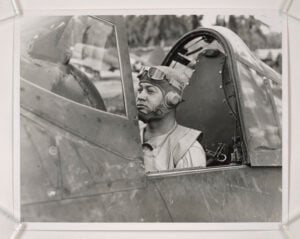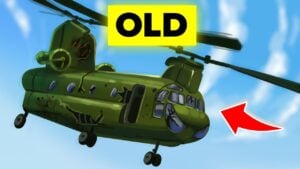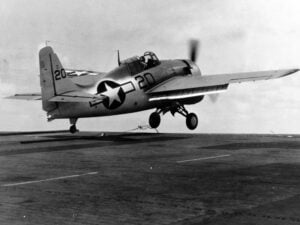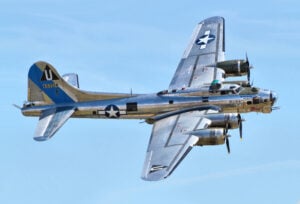5 Reasons Why This Was The Most Underrated Fighter Of WW2
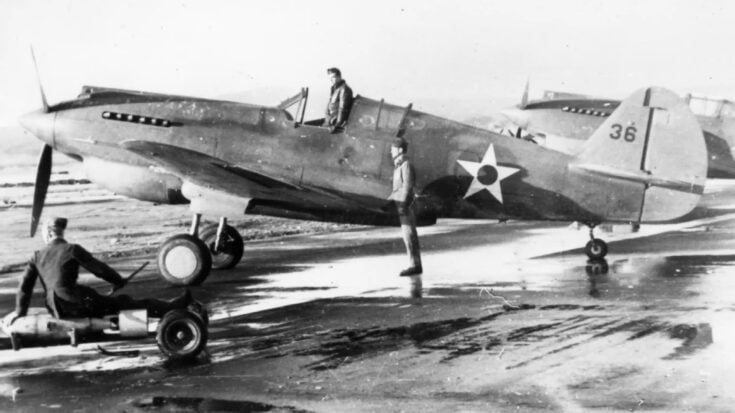
YouTube / Rex's Hangar
When most people think of WWII fighter planes, names like the Spitfire or Mustang come to mind. But there was another fighter that rarely gets the credit it deserves. Often underestimated, the Curtiss P-40 Warhawk punched well above its weight. Here are five reasons why it may be the most underrated fighter of the Second World War.
1. It Was Everywhere the Allies Needed It
Nicknamed the Warhawk by the U.S., and Tomahawk or Kittyhawk by the British, the Curtiss P-40 was the third most-produced American fighter of WWII. Over 13,700 were built between 1939 and 1944, and they served in almost every theater of the war. While often overshadowed by the P-51 Mustang and P-47 Thunderbolt, the P-40 was the fighter that showed up early — and often.
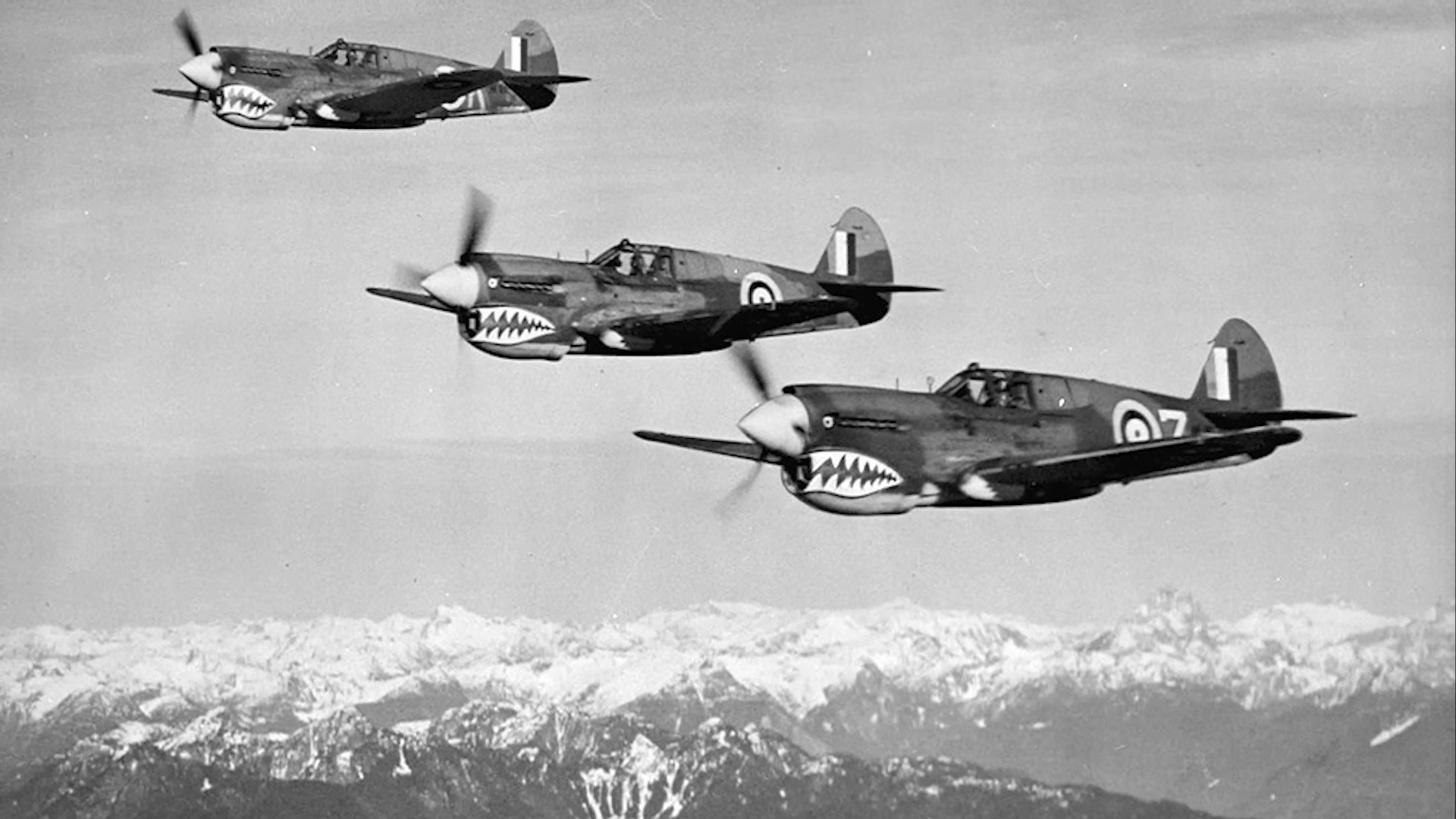
As the U.S. ramped up its wartime production, P-40s were already in action under British, Commonwealth, Chinese, and Soviet colors. In 1941 and 1942, they were critical in Africa, the Middle East, Burma, China, and the South Pacific — some of the hardest fronts in the war.
2. It Fought From the Start
While British and Commonwealth forces were engaging the Luftwaffe in North Africa, American P-40s were stationed in Hawaii, the Philippines, Panama, and the Caribbean. Unfortunately, the U.S. units were caught flat-footed. During the attacks on Pearl Harbor and the Philippines, most P-40s were destroyed on the ground due to poor training, bad luck, and unprepared leadership.
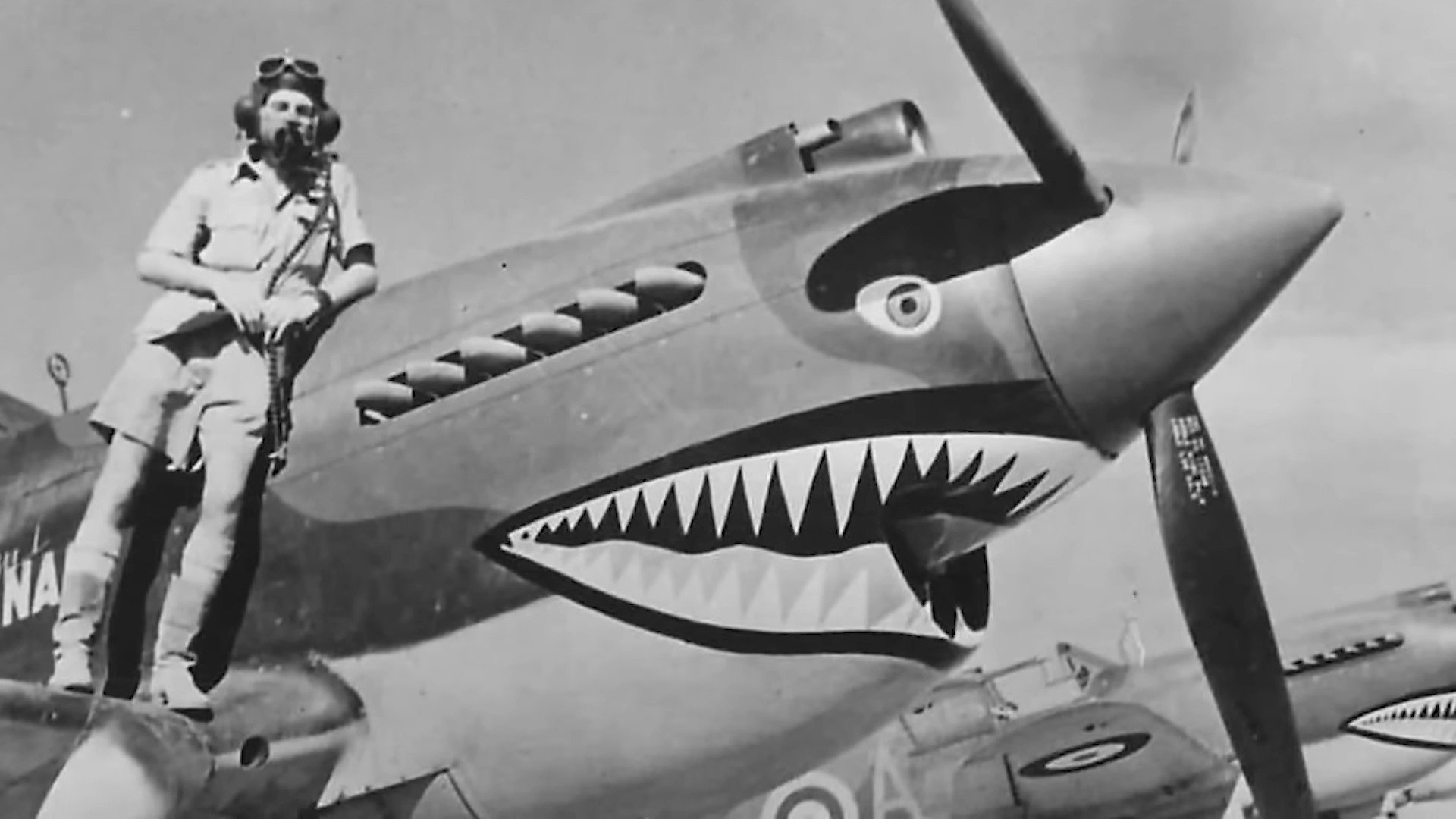
Despite these setbacks, a few American pilots managed to take off and fight back. George Welch, Kenneth Taylor, and John Dains became early heroes, with Welch shooting down four Japanese aircraft. These early battles marked a harsh entry into the war, but the P-40’s story was just beginning.
3. The Flying Tigers Made It a Legend
The Curtiss P-40 gained global fame with the 1st American Volunteer Group, better known as the Flying Tigers. Composed of U.S. pilots flying for China, the unit used P-40 Tomahawk Mk IIBs diverted from British orders. Based in Burma and China, they took the fight to the Japanese in late 1941.
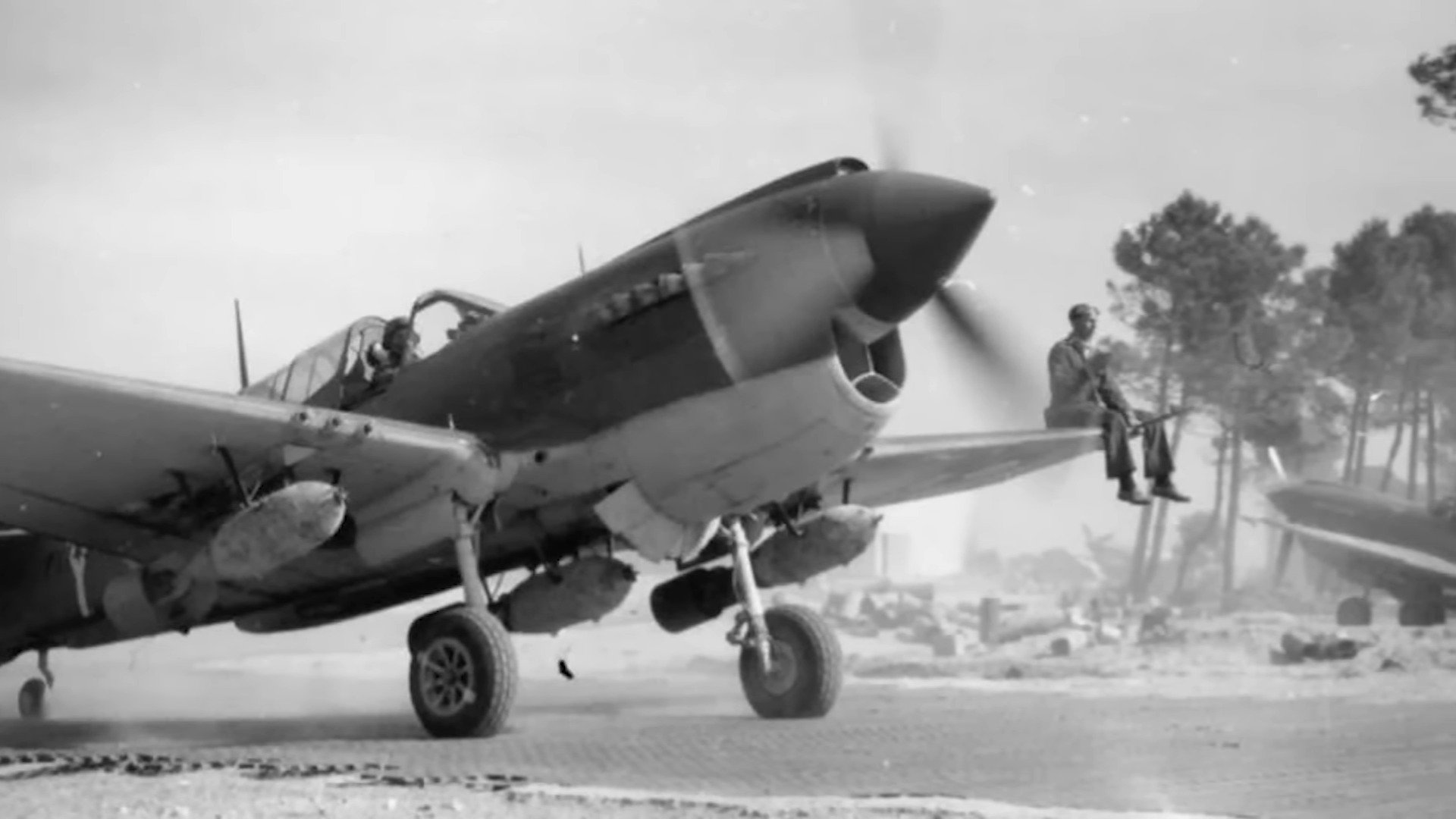
Facing more nimble adversaries like the Ki-43, the Tigers used boom-and-zoom tactics — diving attacks that took advantage of the P-40’s speed and toughness. In just seven months, they claimed nearly 300 kills for minimal losses. Their shark-nosed Warhawks became iconic, changing the P-40’s reputation from disaster to dependable.
4. It Was Built for the Fight
The P-40 wasn’t perfect. It lacked a turbocharger, which limited its high-altitude performance, and its Allison engine was underpowered compared to later fighters. But it was rugged, stable in a dive, heavily armed, and easy to maintain. It could take a beating and keep flying — exactly what was needed early in the war.
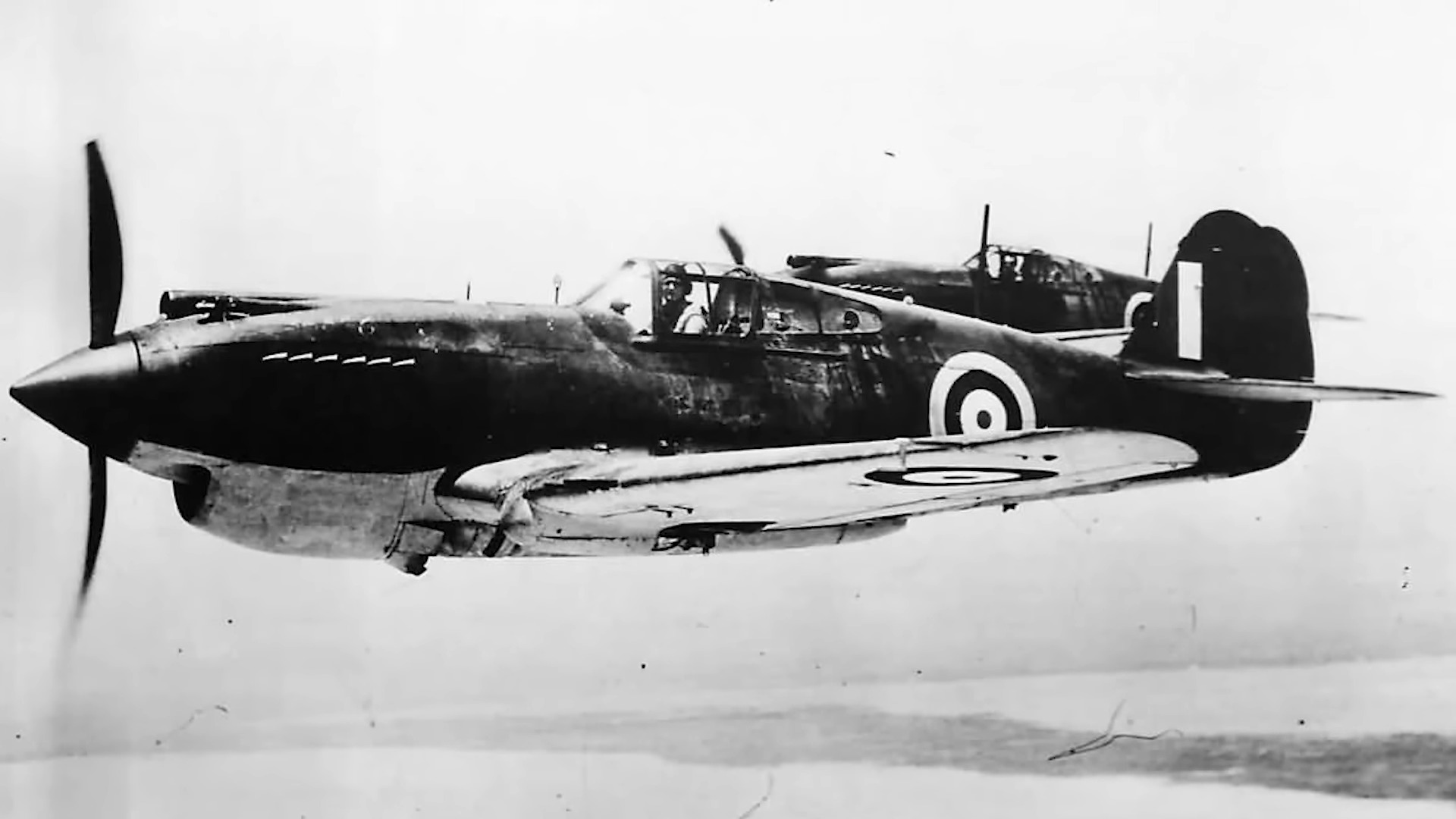
The P-40 was based on the older P-36 airframe, which meant it could be built quickly and cheaply. This was a fighter born out of necessity — and it met that need better than most give it credit for.
5. It Grew With the War
As the war progressed, the P-40 evolved. New variants like the P-40E addressed many early flaws. These newer models formed the backbone of the Warhawk’s wartime service, flying for the U.S., British Commonwealth, Soviets, Chinese, and other Allied air forces.
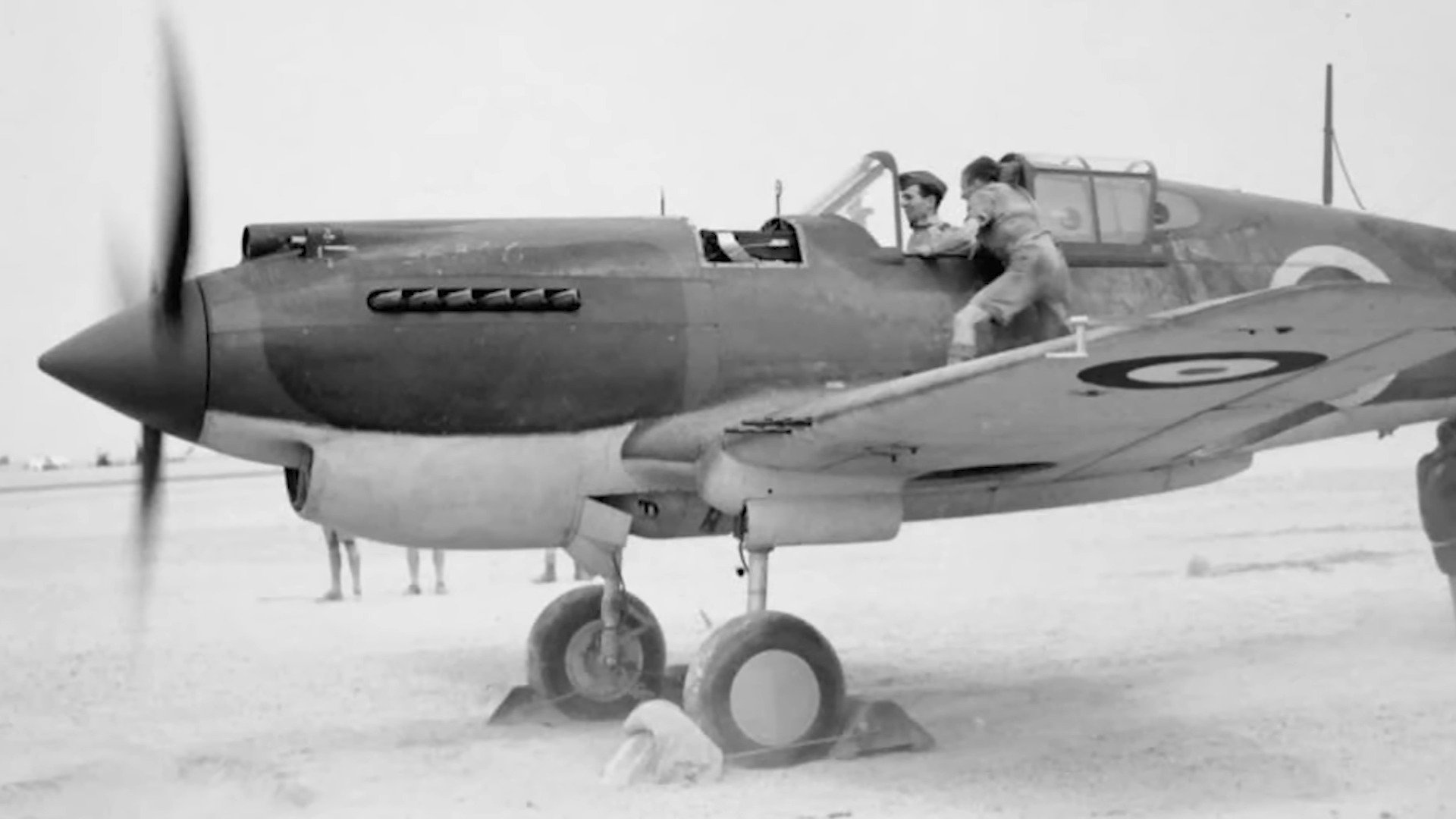
Though never a high-altitude dogfighter like the Spitfire or Mustang, the P-40 was a dependable workhorse. It flew air superiority, ground attack, and escort missions — and pilots across the globe trusted it to bring them home.














